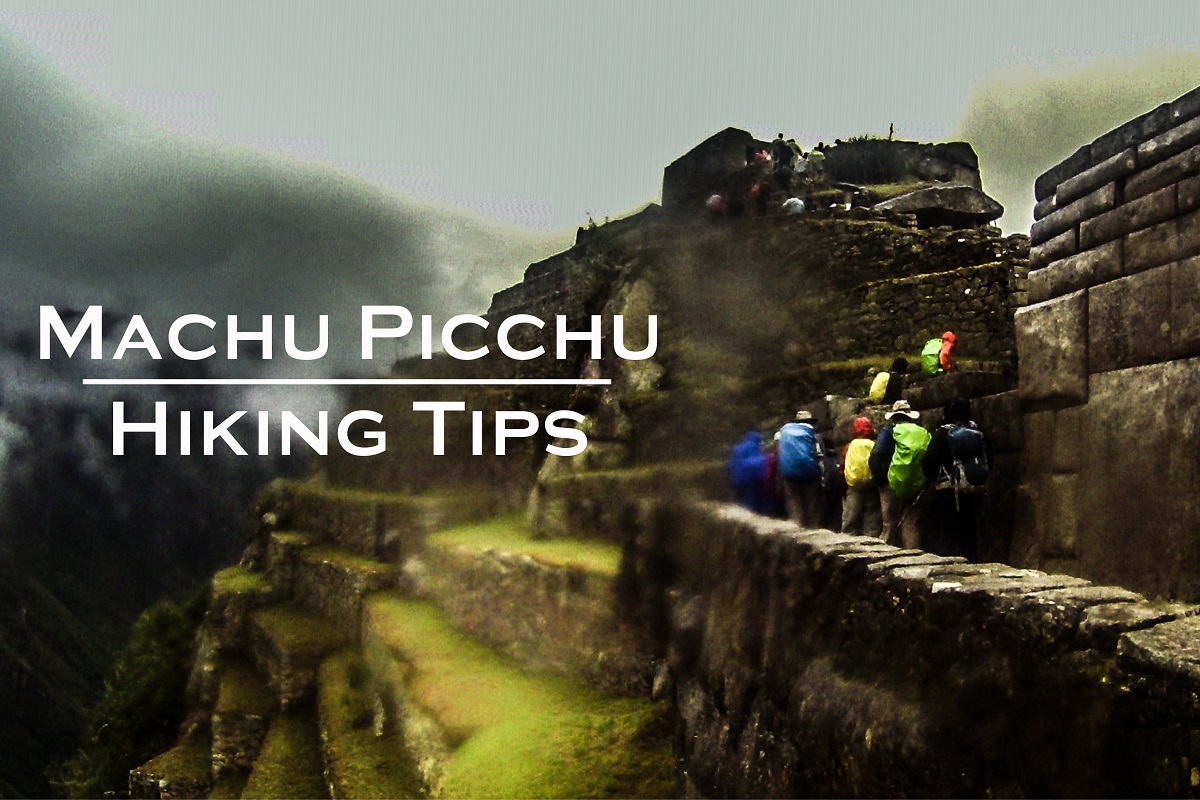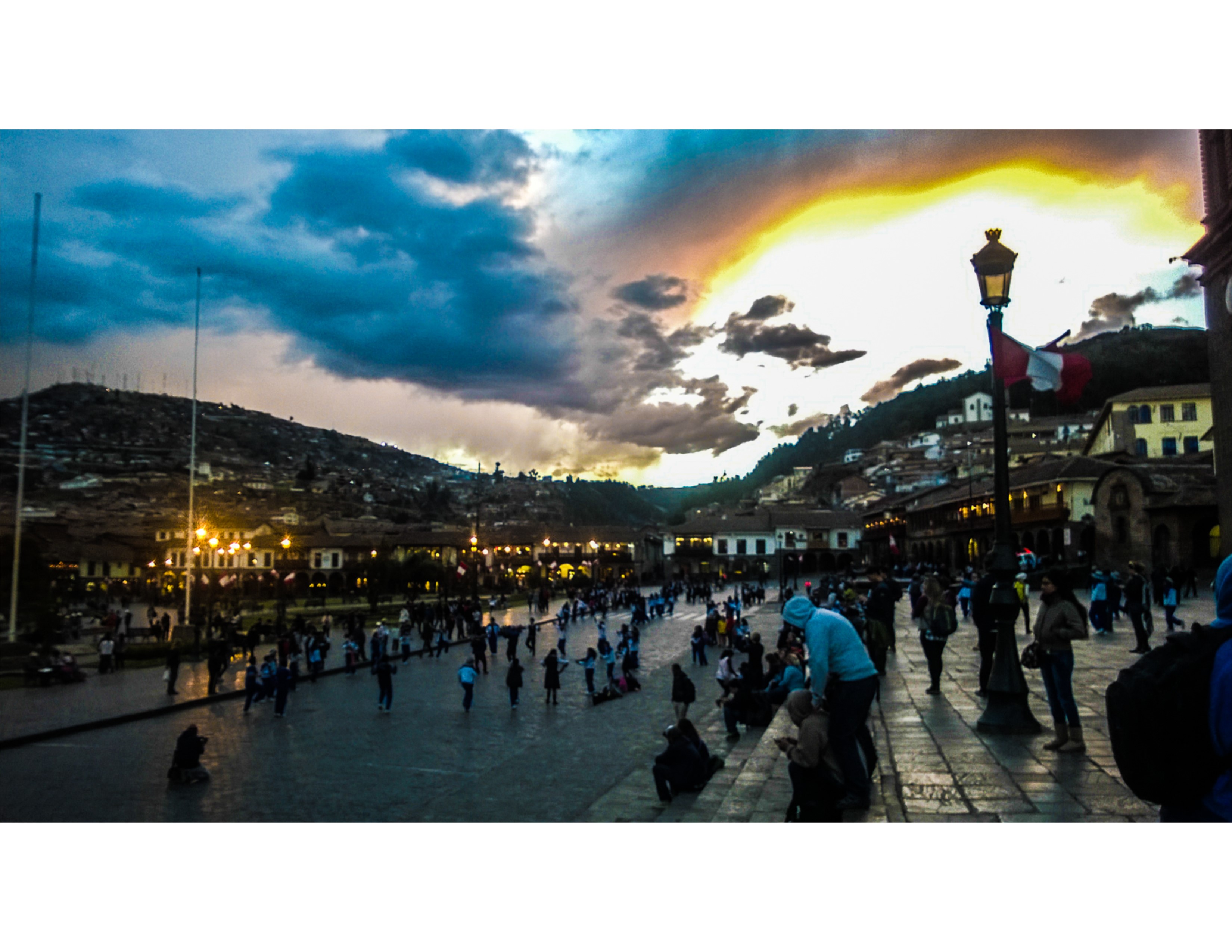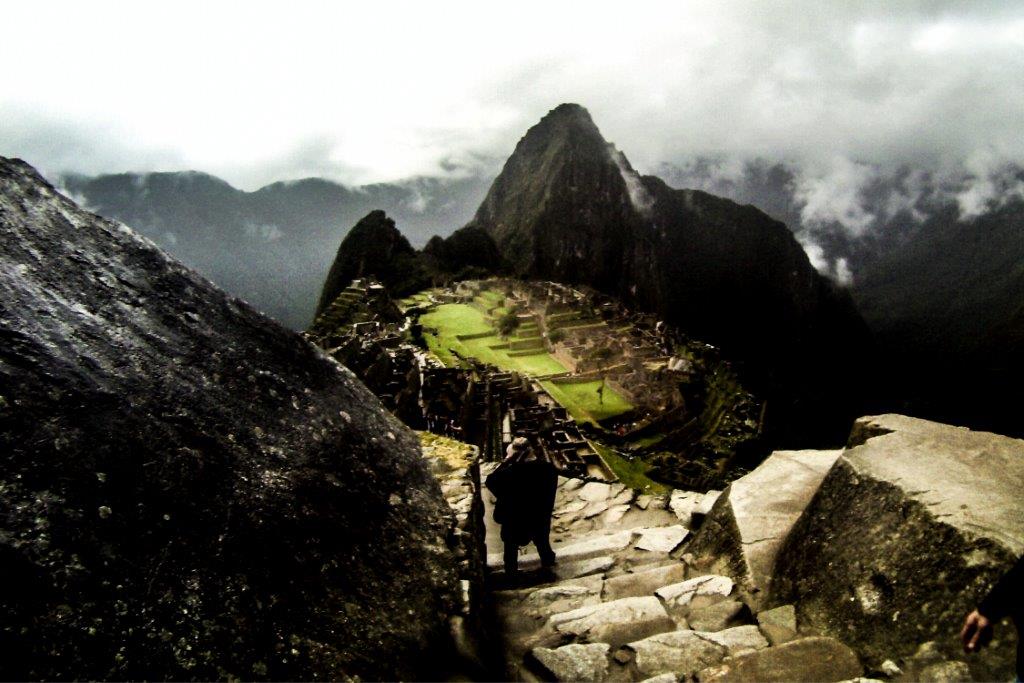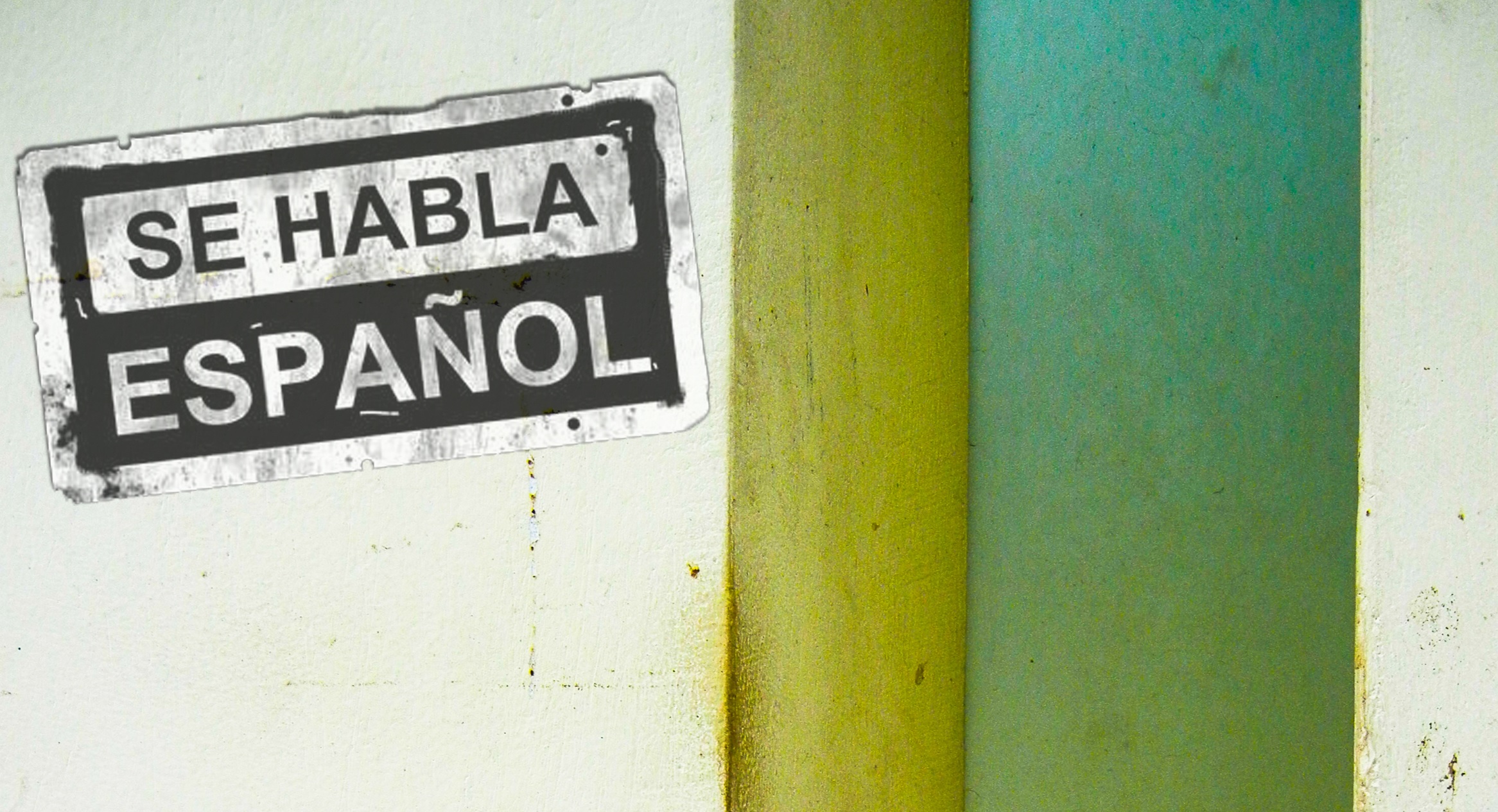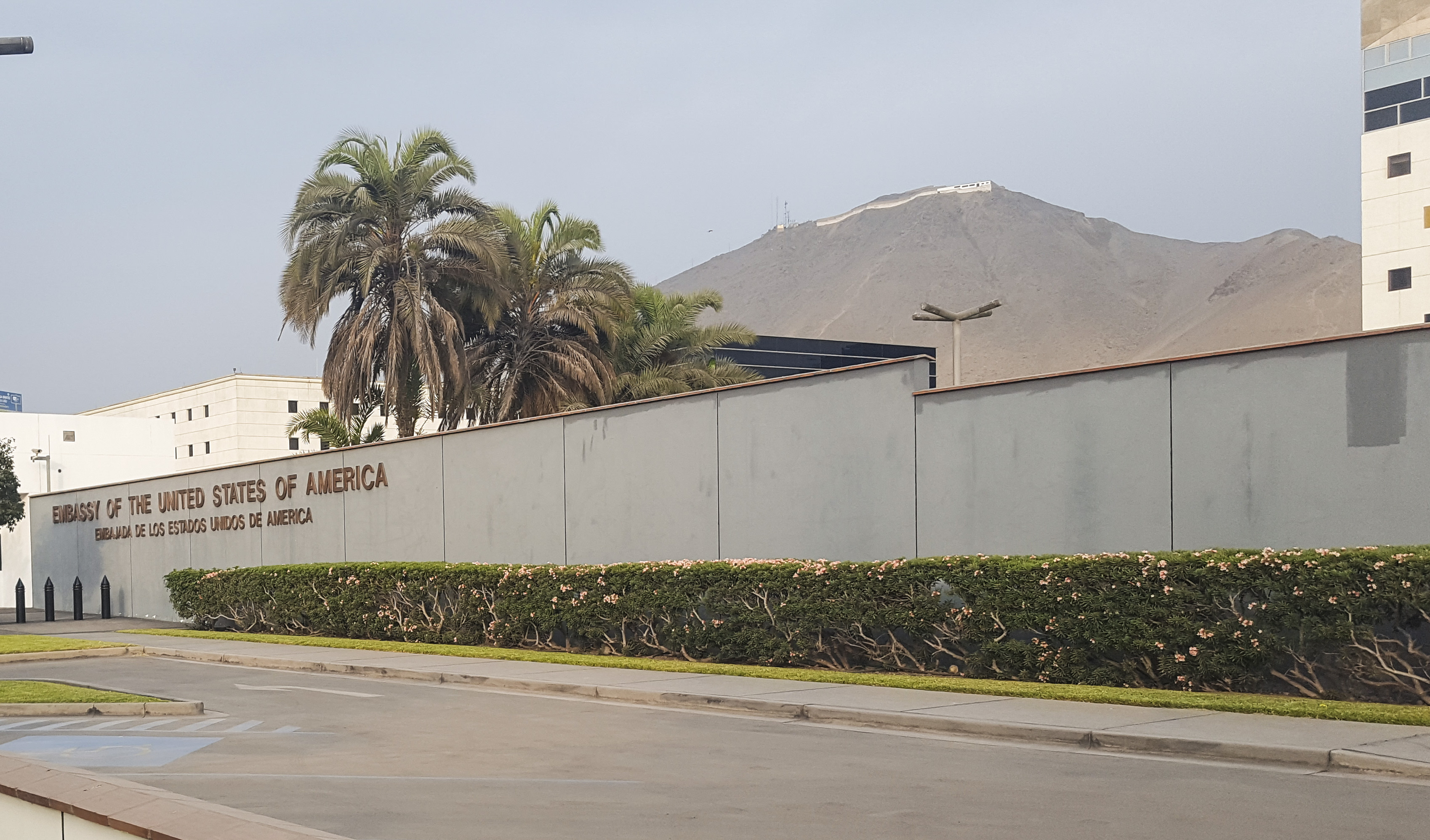People often inquire about the level of difficulty encountered when hiking Machu Picchu. Visiting the lost city of the Incas is a dream vacation for many, and a lot of individuals find themselves unable to undertake the trip until later in life. There are many different approaches you can take to your exploration of the Sacred Valley, but there is critical information to consider before you make an attempt at hiking Machu Picchu.
Altitude
Machu Picchu sits at about 8,000 feet above sea level. This is lower than Cusco which sits at approximately 11,000 feet. The result is that you’ll feel instantly winded when you arrive at Cusco, but during the next few days, as you complete your journey to Machu Picchu, you’ll become acclimated and find yourself breathing easier.
11,000 feet of elevation creates a significant reduction in breathable Oxygen, and individuals with Asthma or other respiration problems should take the altitude into consideration before making any plans for hiking Machu Picchu. If you happen to live in a mountainous area, it’s highly recommended that you do a trial run to see how your body responds to altitude.
It should be noted that altitude can affect individuals regardless of age and physical condition. I have heard stories of Olympic athletes who had extreme difficulty at altitude, and have personally witnessed men and women over 70 years of age go hiking in the Andes without significant issues. The best thing is to do your own research as to how altitude affects your body, and be careful not to overexert yourself at altitude.
Difficulty of Trails
There used to be a fairly simple access to the main observation deck at Machu Picchu. Today, slightly more climbing is involved, although it’s possible to request special treatment if you use a cane, or suffer from a pinched nerve in the knee. The current route to the observation deck requires the navigation of several flights of stairs, and about a half mile walk on dirt paths. If you are completely confined to a wheel chair, you will be unable to navigate the area without considerable assistance.
Although there are limited options for making the trip easier, hiking Machu Picchu can be as difficult as you wish to make it. The hike to the top of Machu Picchu mountain is extremely difficult and requires you to leave early in the morning if you hope to make the summit. Huayna Picchu is also very tough. It is not recommended that you attempt either of these hikes if you have any physical ailments.
Embrace the Adventure!
The great part about hiking Machu Picchu and exploring the sacred valley is that you’re guaranteed to have a memorable adventure. The terrain is generally difficult, but most of the main historical sights have some amount of vehicle access. Even if you lack the mobility to scramble over the ruins, you should be able to pull your vehicle close enough to most sets of ruins to enjoy a wonderful view.
Hiking Machu Picchu with disabilities presents difficulties, but it is not impossible. With the proper support group, and adequate understanding of the challenges that lay ahead, it’s possible to have a great time visiting the lost city of the Incas.

